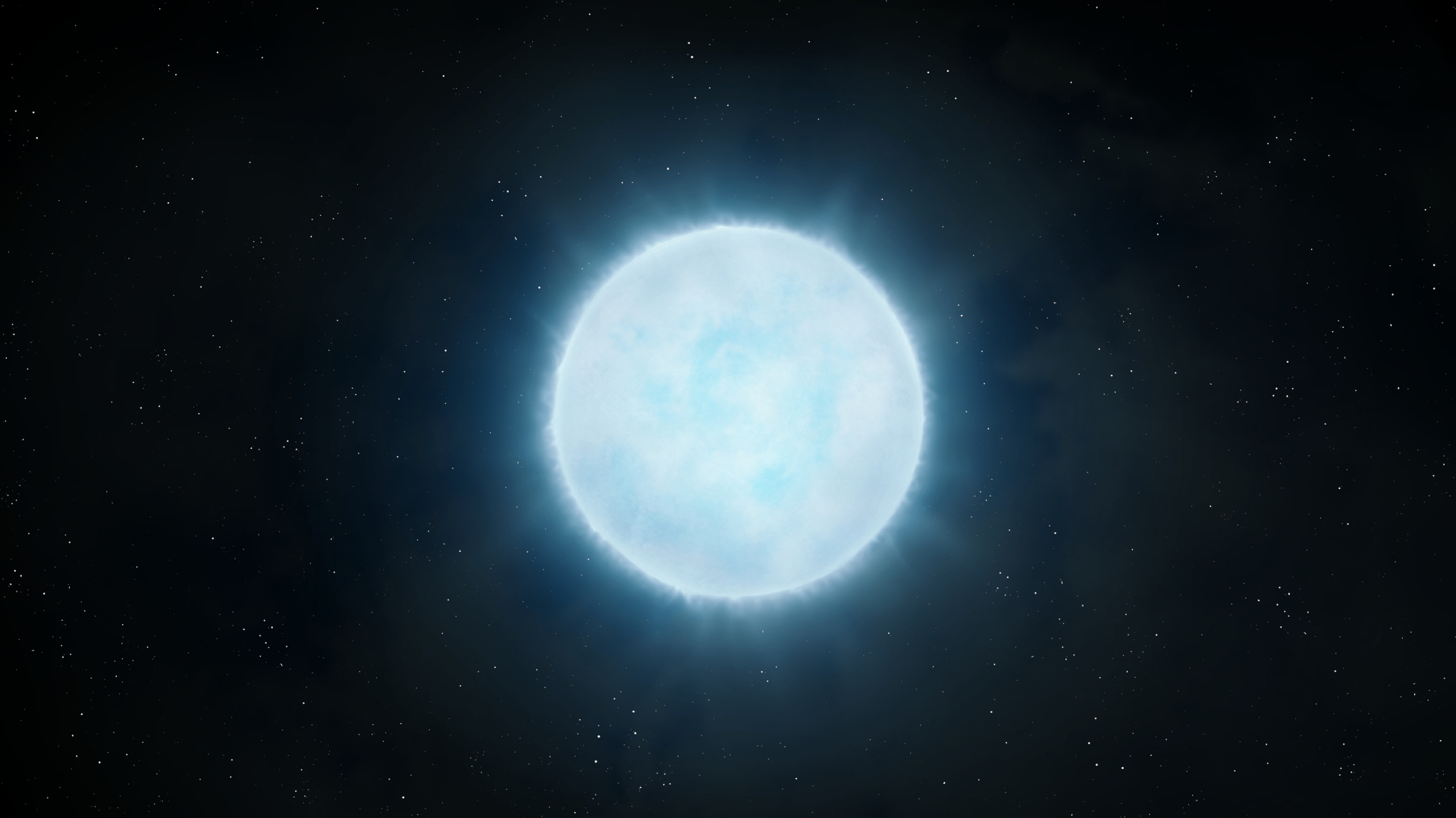How to Make the Space Vison Work (Hint: It's the Moon!)
The Presidentarticulated the obvious -- a space program has to go somewhere. His redirectionof NASA back to the Moon in 15 to 20 years, then on to Mars, comes with both atimeline and cost reasonable in this environment.
However, ambiguitiesin his speech, such as omitting references to permanent lunar settlements,NASA's subsequent "Exploration Requirements" focusing on
Mars and the media'spreoccupation with the glamour of a Mars mission a quarter-century away, havemuddled the vision.
All those factorshave made it seem as if all the unknown long-term costs of going to Mars mustbe addressed near-term, confusing a Congress that has to implement theredirection. Those factors also have increased the risk that even afterexpending billions of dollars, we may be left 25 years from now with but one ortwo flags-and-footprints missions to Mars and no permanent beachhead on eitherthe Moon or Mars.
Consequently, thepriority of the space community must be bringing the Moon-Mars focus back tothe near-term. The focus must be on programs that proceed in stages, each withits own perceivable goal and associated cost estimates. Because those estimateswill be near-term they will be easier for Congress to ascertain and periodicallyreview. Staged, ratchet-like programs also ensure that infrastructure is leftin place should there be any pause or reduction in funding.
To create thatpermanent beachhead, we must focus on the Moon. The Moon can be reached; thebase there can grow incrementally and return benefits -- all in a moreconceivable time frame. The most attractive feature of making the Moon thefirst permanent off-world human outpost is its proximity to Earth. The
Moon is close, acouple of days away; Mars is many months farther.
Breaking space news, the latest updates on rocket launches, skywatching events and more!
That proximity hasmany advantages. As far less rocket power is required to reach the Moon than isrequired for Mars, larger payloads can be sent or smaller, more affordablevehicles can be used.
Close proximitymeans more frequent trips, more people sent, and infrastructure more quicklyestablished. Because of the shorter triptimes, a focus on the Moon also is less risky than Mars. There is continuous access to a lunaroutpost, whereas Mars is reasonably accessible only once every two years. With unexpected discoveries or dangers, newequipment or scientific instruments can be sent from Earth to the Moonrelatively quickly.
A growing lunarfacility would enable, decades sooner than a Mars base, a long list ofdesirable outcomes:
- Lunar Resources: Finding, mining and developing the techniques to use local resources (including energy, oxygen and metals) to evolve toward self-sufficiency and produce fuels to reduce the cost of space operations.
- Off-Earth Industrial Base: Development of infrastructure and test facilities to support the industrialization / commercialization of space and exploration of the solar system.
- Visibility: A lunar base overhead every night would provide a tangible reminder of our space achievements and an inspiration to further progress.
In addition, spacetourism is more likely to develop quickly with a nearby destination like theMoon.
A Moon base alsowould provide a low-gravity, isolated, stable, vacuum environment with nomagnetic field. Such an environment makes it possible to conduct cutting edgephysics research, including nuclear materials experiments we might prefer doneoff-planet, medical and geriatric research, biological and geneticinvestigations that might be dangerous to conduct on Earth and astronomy fromthe far side of the Moon.
The Moon phase ofthe Moon-Mars Initiative can be done in digestible steps that can, as fundingor interest fluctuates, be speeded up or slowed down with less risk of totalcancellation than a Mars-oriented program.
An early modulecould be a habitation module, allowing extended crew stays. Later deliveriescould be rovers, building cranes, mining equipment, kilns for metallurgy,telescopes for astronomy, medical labs and other scientific modules, and morehabitation modules. This staging would allow for both short visits byscientific specialists and the gradual building of a permanent outpost.
All these activitieson the Moon will set the stage a quarter-century from now for continuing on toMars. By then we will have developed vastly improved propulsion technologies,greater experiences working in space and on other worlds, better technology forharsh off-world climates and a space infrastructure with many startup costsamortized, so that the incremental cost of taking that long next step to Marswould be much less daunting.
Most of all, unlikeafter Apollo, we will have established a beachhead in space from which therecan be no retreat.
Jeffrey Liss is aSenior Vice President of the National Space Society.
